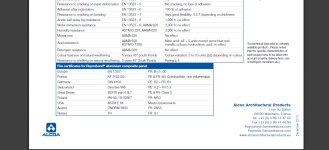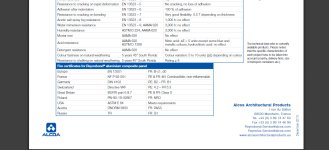To be perfectly honest, while it's fully possible this was caused by some greedy so and so trying to cut costs it's also just as likely it was an accidental chain of unfortunate events.
What I mean is, it's possible that the company hired to install the cladding cut corners and used the cheapo stuff knowing it didn't conform to regs, but it's also just as possible that they looked at the regs, saw the requirement for cladding to be of limited combustibility, then looked at the data sheet for the cheap cladding, saw a great fire standards result and went with that. In that case while that person is to blame as they made the decision, it's not entirely their fault as it was an honest mistake.
In the case of the advertising, it's not required for a manufacturer to list all the standards a product fails to meet, just the ones it does.
yeah i can see that.
swiss cheese model of error prevention isn't it?
the idea being holes in each layer should be caught by the next.
clearly here this failed.
the question will be at what point.
misrepresentation by companies may be a big factor "we have excellent fire safety results" * bury actual regs requirement sin page 145 of a 600 page document*





